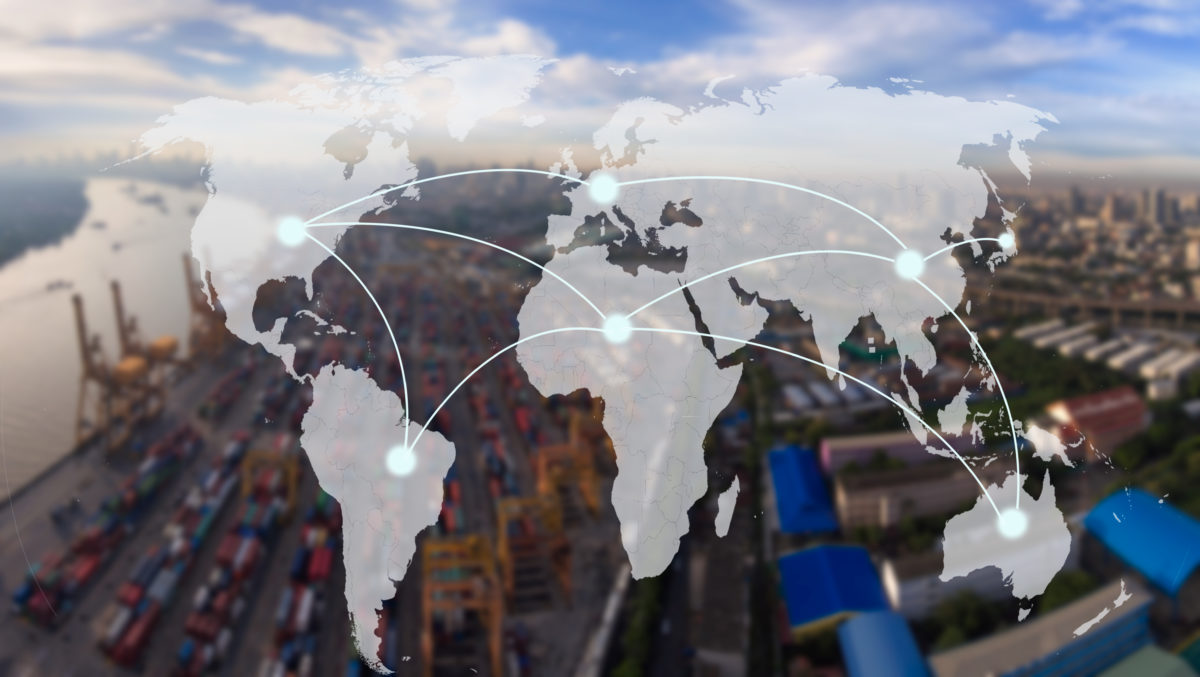
Harmonizing Domestic & International DG/Hazmat Regulations for 2019
By: Terry Poland, DG Instructor, Transportation Development Group © 2019
The UN refers to world governments, or simply countries, as “States,” as in “State Variations,” which can be found in the International Air Transport Association’s Dangerous Goods Regulations (IATA DGR), Section 2.8.5. – which are based on the International Civil Aviation Organization’s Technical Instructions for the Safe Transport of Dangerous Goods by Air (ICAO Technical Instructions). These variations represent the different regulations – those that are more restrictive – which countries post to alert shippers and others of these requirements when shipping by air to, from or through these countries. However, it is much better when the regulations are “Harmonized” to facilitate international movement of Dangerous Goods/Hazardous Materials (DG/Hazmat) without clumsy country variations that trip-up unknowing shippers.
Therefore, every two years the US Department of Transportation (DOT) agency, Pipeline and Hazardous Materials Safety Administration (PHMSA), promulgates a broad change to “harmonize” its rules found in the Code of Federal Regulations, Title 49 (49 CFR). By keeping the US Hazardous Materials Regulations (HMR) in-line with those followed elsewhere, PHMSA makes it possible for worldwide shippers to comply with just one set of rules for their shipment instead of many. These harmonized rulemakings are implemented every two years and range from major updates that impact every DG/Hazmat shipment to focused changes that affect only a single hazard class or even a single article or substance.
While the idea is to simplify international logistics over the long term, in the short run these regulatory changes can cause confusion as shippers and operators try to adjust. This can lead to fear of penalty and enforcement actions by the DOT or other local regulatory bodies for non-compliance. Because the agency intends to harmonize its regulations with the latest international standards, PHMSA issued a letter on December 18, 2018 to notify the DG/Hazmat community that theywill not take enforcement action against any person preparing shipments using the latest international rules before PHMSA officially adopts them.
Below is a summary of PHMSA’s proposed changes in HM 2150 (this is not a complete list, so please click the link to read the full rule change):
- Incorporate the newest versions of the 2019-20 ICAO Technical Instructions; the 2018 IMDG Code (Amendment 39-18); the 20th Revised Edition of the UN Model Regulations; the UN Manual of Tests and Criteria; and the 7th Revised Edition of the Globally Harmonized System of Classification and Labeling of Chemicals (GHS).
- Amend the US DOT 49 CFR Hazmat Table (172.101) to reflect changes in the UN Model Regulations, IMDG Code, and ICAO Technical Instructions.
- Add a new classification system for some articles containing DG/Hazmat that do not already have a dedicated Proper Shipping Name.
- Add a lithium battery test summary requirement to demonstrate appropriate UN design testing and proper classification.
- Amend the rules for aircraft passengers carrying baggage equipped with lithium batteries, i.e., “smart luggage.”
- Add segregation requirements for lithium cells and batteries shipped by passenger aircraft with flammable liquids and other hazardous materials.
- PHMSA proposes several amendments to further align with the Transport Canada TDG Regulations.
PHMSA’s harmonization rule, HM 2150, is scheduled for implementation in 2019. This rule was proposed in November 2018, and the public comment period closed in late January.
